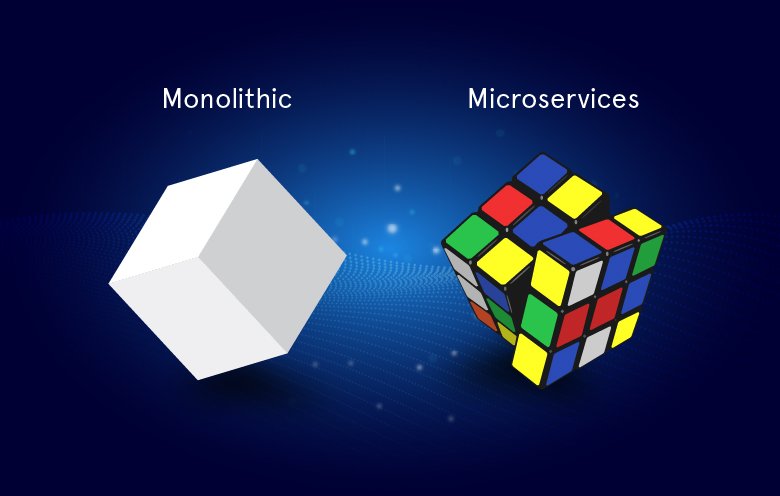Microservices vs Monoliths: Which Architecture Wins?
Microservices vs Monoliths: Which Architecture Wins?

Hey there, tech folks! I’ve been mulling over a question that keeps popping up in every dev circle I stumble into: microservices or monoliths? It’s like the ultimate architectural cage match, and I figured it’s time to hash it out in a blog post. Spoiler alert: there’s no one-size-fits-all champ here—it’s all about what works for your project. So, grab a coffee, and let’s break this down together.
Monoliths: The Trusty Old-School Vibes
First up, the monolith. Think of it as the comfy all-in-one package—like a good ol’ station wagon. Everything’s in there: the front-end, the logic, the database calls, all living under one roof in a single codebase. When I’m kicking off a new project, this is my go-to. Why? It’s dead simple. One deployment, one server, and bam—my app’s up and running. Perfect for something like a little e-commerce site I whipped up for a friend’s boutique—products, cart, checkout, all humming along. The beauty of a monolith is how fast I can get moving. No messing with fancy APIs or distributed systems—just write, test, deploy. Debugging’s a breeze too; it’s all one big happy family of code. For a small team or a tight deadline, it’s like a cheat code. But here’s where I hit a wall: scale it up, and its chaos. Last time I pushed a monolith too far, it felt like wrestling a bear. One tiny update meant redeploying the whole dang thing, and if something broke—like that glitchy payment module I swear I fixed—it dragged everything down with it. Plus, when my team grew, we were stepping on each other’s toes in that single codebase. It’s like renovating a kitchen while someone’s cooking dinner—doable, but messy.
Microservices: The Shiny New Toy
Then there’s microservices, the hipster of architectures. Imagine breaking your app into bite-sized pieces—separate services for, say, user logins, product listings, and order processing. Each one’s its own little world, chatting through APIs. It’s like building with Lego blocks: modular, flexible, and kinda cool. I love how this scales. If my order service is getting hammered during a sale, I can beef it up without touching the rest. Big players like Netflix and Amazon live by this—can you imagine them running on a monolith with millions of users? No chance. Plus, my team can split up and work on different chunks, even using different tech stacks if we want—Python for one, C# for another. It’s freedom I didn’t know I needed. But, oh boy, the trade-offs. Setting this up takes time—like, way more than a monolith. I’ve spent hours wrestling with network latency, figuring out how services talk without tripping over each other. And don’t get me started on data consistency—eventual consistency still gives me headaches. For a small project, it’s overkill. I tried it once for a simple blog platform, and it felt like I’d brought a tank to a pillow fight.
The Face-Off: How They Compare
Real Talk: What I’ve Seen
I’ve lived both worlds. A monolith was perfect for that personal blog I built—small scope, steady traffic, no fuss. But when I helped a buddy scale his streaming startup, microservices saved the day. We could tweak the recommendation engine without risking the billing system. Context is everything.
So, Who’s the Winner?
Here’s my take: neither wins outright. If I’m racing to launch something small or working solo, a monolith’s my best friend. But if I’m dreaming big—think global scale, resilient systems, or a growing team—microservices flex their muscles. It’s less about “best” and more about “right for me.” What’s my team size? Budget? Deadline? How much complexity can I handle without losing my mind?
Let’s CHat
That’s my two cents! I’d love to hear your take—have you battled this choice too? Did you go monolith and regret it, or embrace microservices and thrive? Drop your story in the comments—I’m all ears!

Good read, very insightful